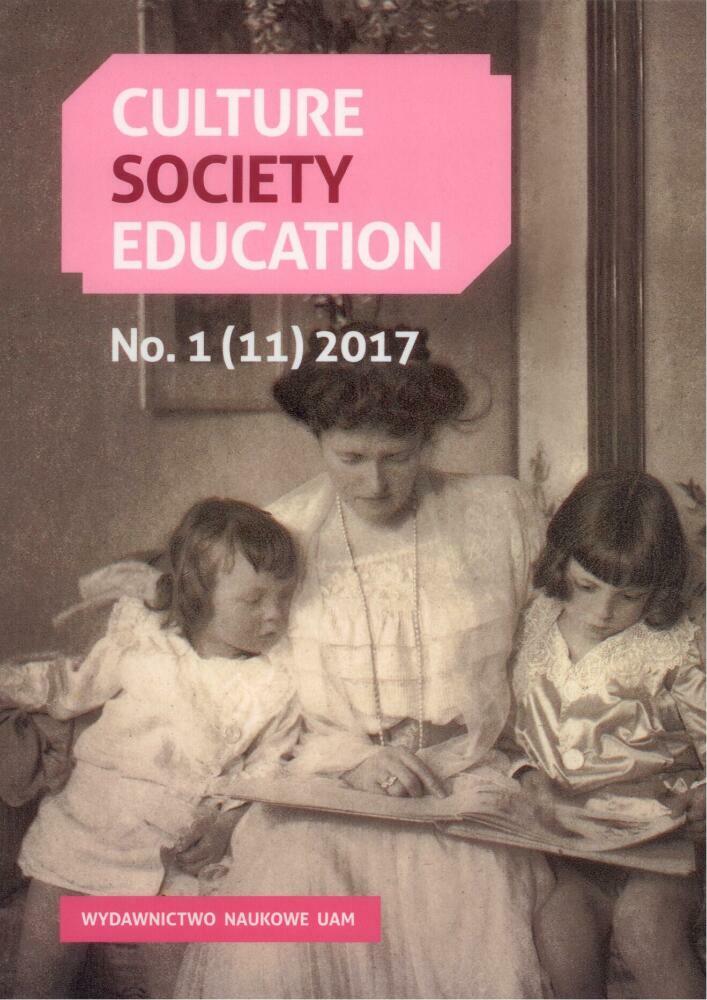Abstract
The aim of the article is to present and evaluate the main activities that support the education of immigrant children in Poland and in selected European countries as well as to compare the models of integration in the field of the education of immigrant children in respective countries. The article uses the following methods: critical analysis of the literature and deductive reasoning techniques. The paper consists of three parts. The first part presents the role of education in integration policy and the objectives of the main models of integration in the area of the education of immigrant children. The second part presents legal regulations and key data relevant to immigrant children in Polish schools. The third part of the article presents integration models in European countries and compares the models of integration in Poland and in other European countries. The research hypothesis is the following: education of immigrant children as an important aspect of the policy of integration is characterised by diversified activities in respective European countries.
References
Błeszyńska K. (2010). Dzieci obcokrajowców w polskich placówkach oświatowych – perspektywa szkoły. Raport z badań. Warszawa.
De Paola M., Brunello G. (2016). Eductaion as a tool for the economic integration of migrants. European Expert Network on Economics of Education Analytical Report No. 27. Luxembourg.
European Commission. (2013). Study on educational support for newly arrived migrant children. Final report. Luxembourg.
Gzyra M. (2015). Asystent kulturowy (pomoc nauczyciela., [In:] Uczniowie z różnych kultur w szkole. Ed. B. Lachowicz. Warszawa, p. 31-33.
Gzyra M. (2015). Dobre praktyki – okiem asystenta. [In:] Uczniowie z różnych kultur w szkole. Ed. B. Lachowicz. Warszawa, p. 34-38.
Kaczmarczyk P., Okólski M. ed. (2008). Polityka migracyjna jako instrument promocji zatrudnienia i ograniczania bezrobocia. Warszawa.
Konstytucja Rzeczypospolitej Polskiej (Journal of Laws /Dz. U./ of 1997, no. 78, item 483, Article 70).
Lachowicz B. (2015). Organizacja edukacji cudzoziemców w polskiej szkole. [In:] Uczniowie z różnych kultur w szkole. Ed. B. Lachowicz. Warszawa, p. 7-16.
Ministerstwo Pracy i Polityki Społecznej. (2013). Polska polityka integracji cudzoziemców – założenia i wytyczne. Warszawa.
Mirosław J. (2015). Rola i zadania psychologa. [In:] Uczniowie z różnych kultur w szkole. Ed. B. Lachowicz. Warszawa, p. 17-26.
Płatos B. (2010). Rozwiązania europejskie dotyczące dzieci migranckich. Warszawa.
Szelewa D. Integracja a Polityka Edukacyjna. Raporty i Analizy. Warszawa.
Unicef. (2013). Dzieci w Polsce. Dane, liczby, statystyki. Warszawa.
United Nations. (2016). International Migration Report 2015: Highlights. New York.
Ustawa z dnia 7 września 1991 r. o systemie oświaty (Journal of Laws /Dz. U./ of 1991, no. 95, item 425).
Ustawa z dnia 20 lutego 2015 r. o zmianie ustawy o systemie oświaty oraz niektórych innych ustaw (Journal of Laws /Dz. U./ of 2015, item 357).
Todorovska-Sokolovska V. (2010). Integracja i edukacja dzieci imigrantów w krajach Unii Europejskiej – wnioski dla Polski. Warszawa.
Internet sources
Warszawskie Centrum Innowacji Edukacyjno-Społecznych i Szkoleń, Instytucja Edukacyjna m. st. Warszawy, Zespół ds. nauczania dzieci cudzoziemskich, https://www.wcies.edu.pl/punkt-kontaktowy-oraz-zespol-ds-nauczania-dzieci-cudzoziemskich, (accessed on: 18.03.2016).
License
Copyright (c) 2017 Katarzyna Woźniak

This work is licensed under a Creative Commons Attribution-NoDerivatives 4.0 International License.
